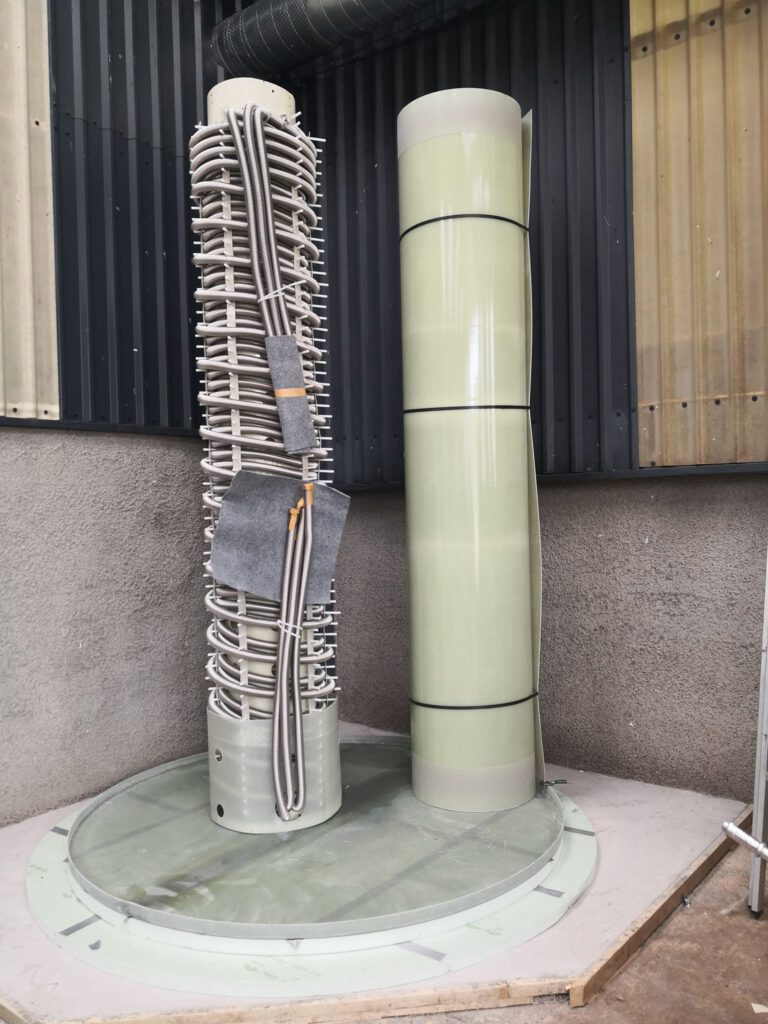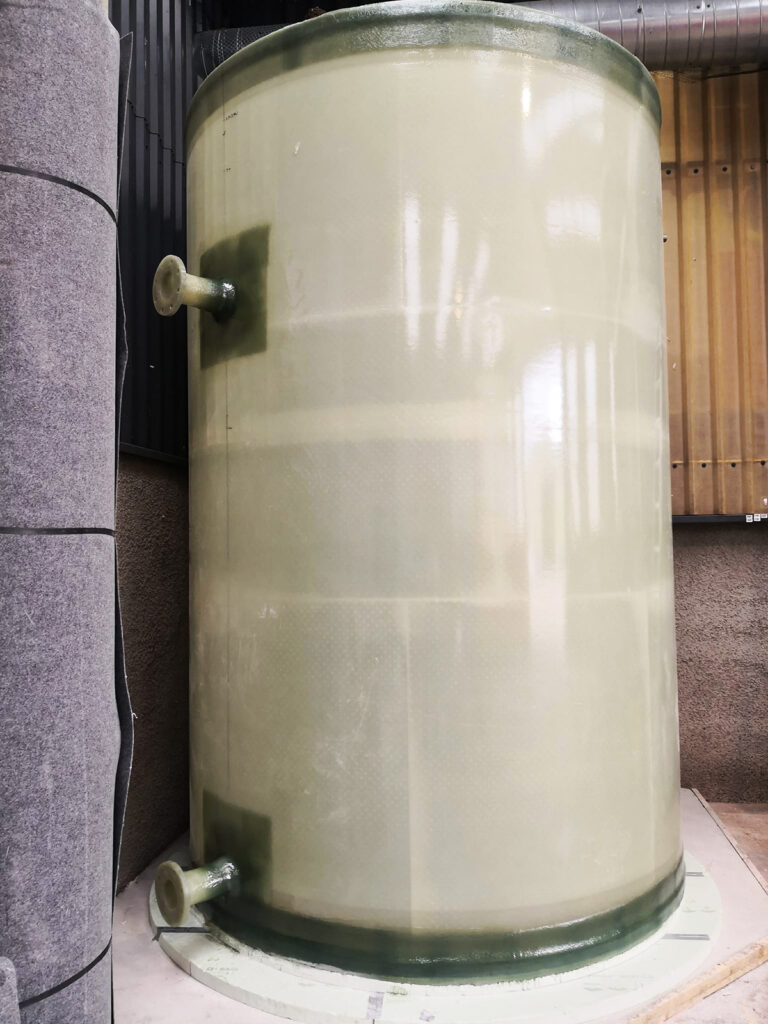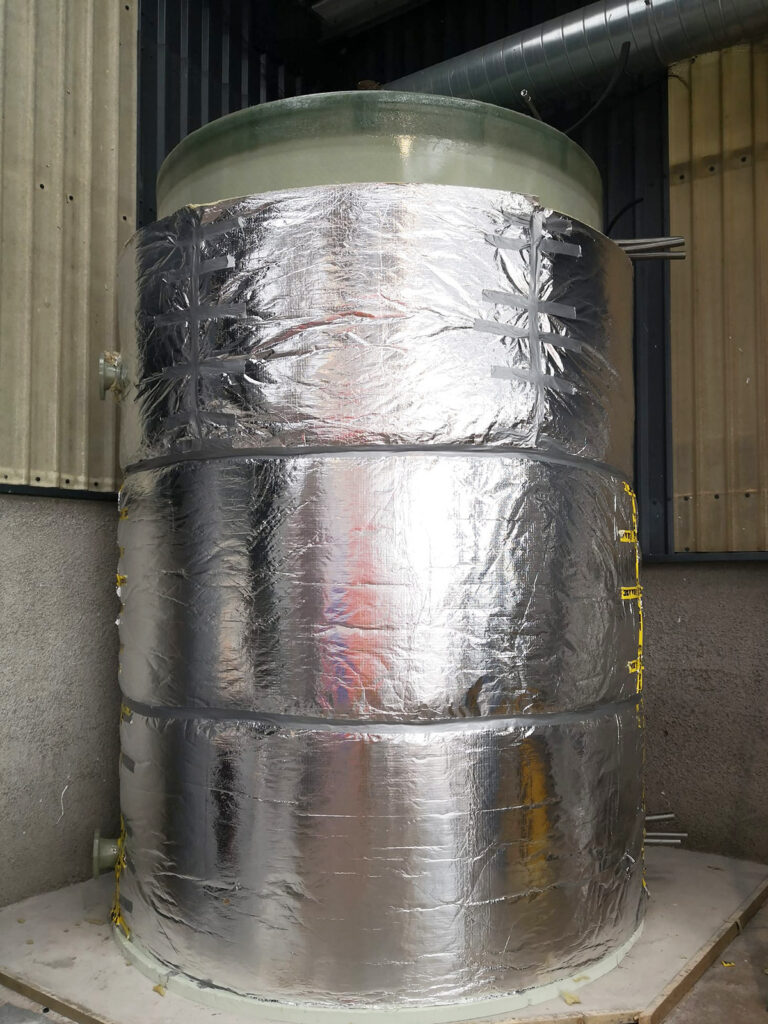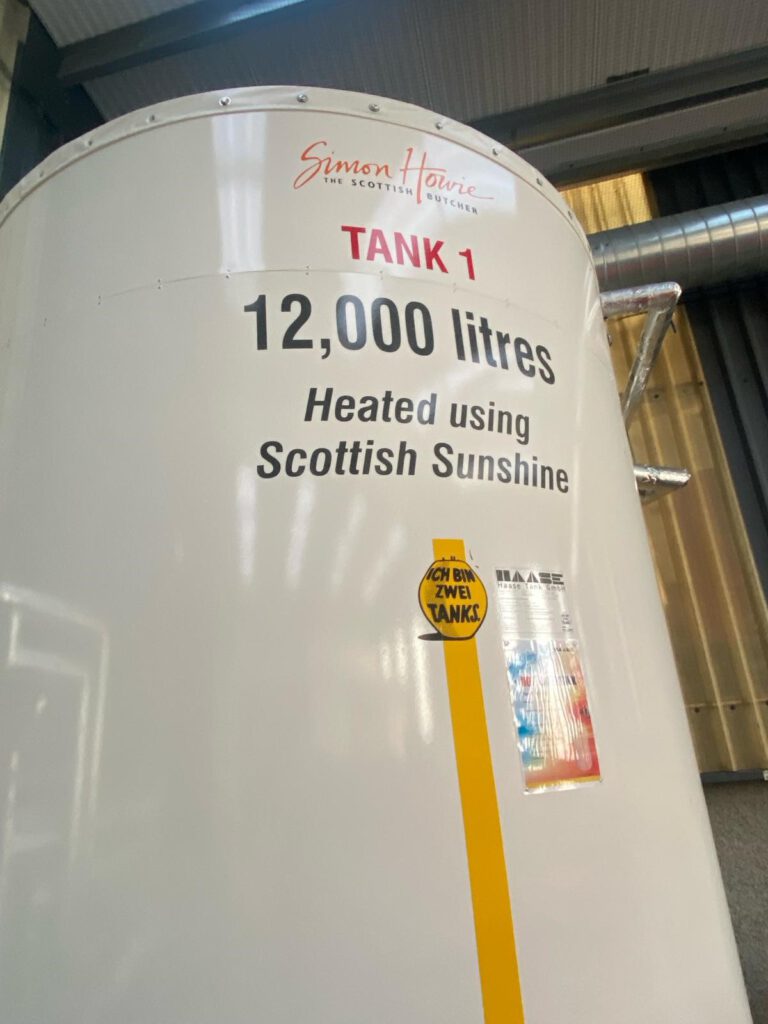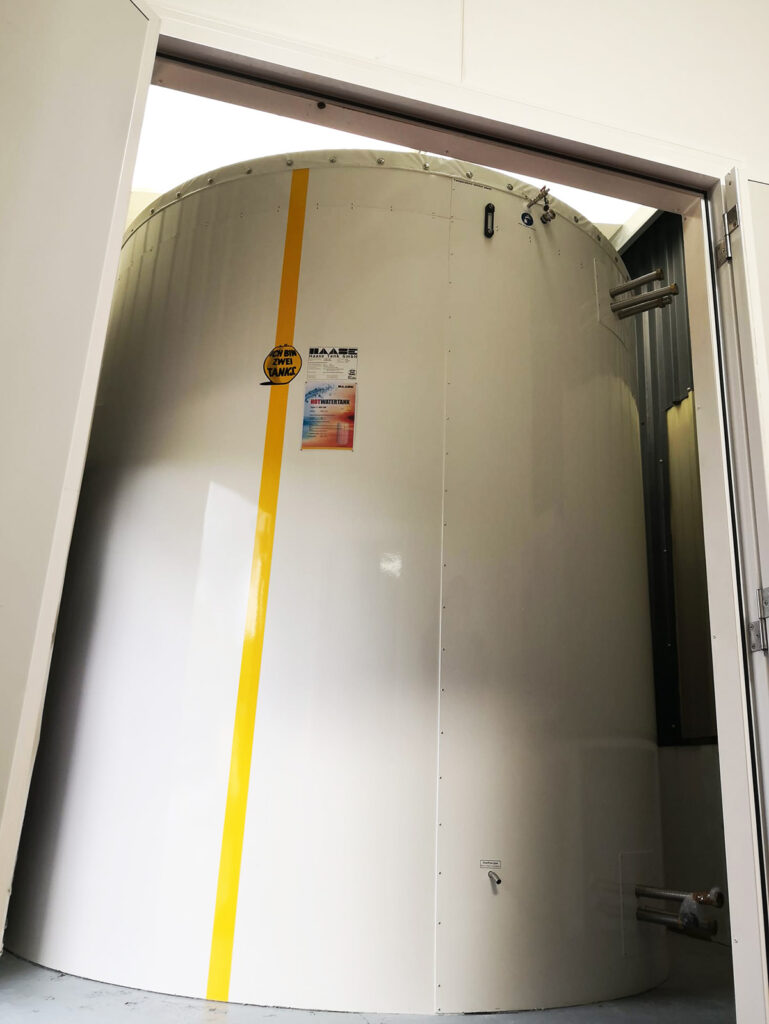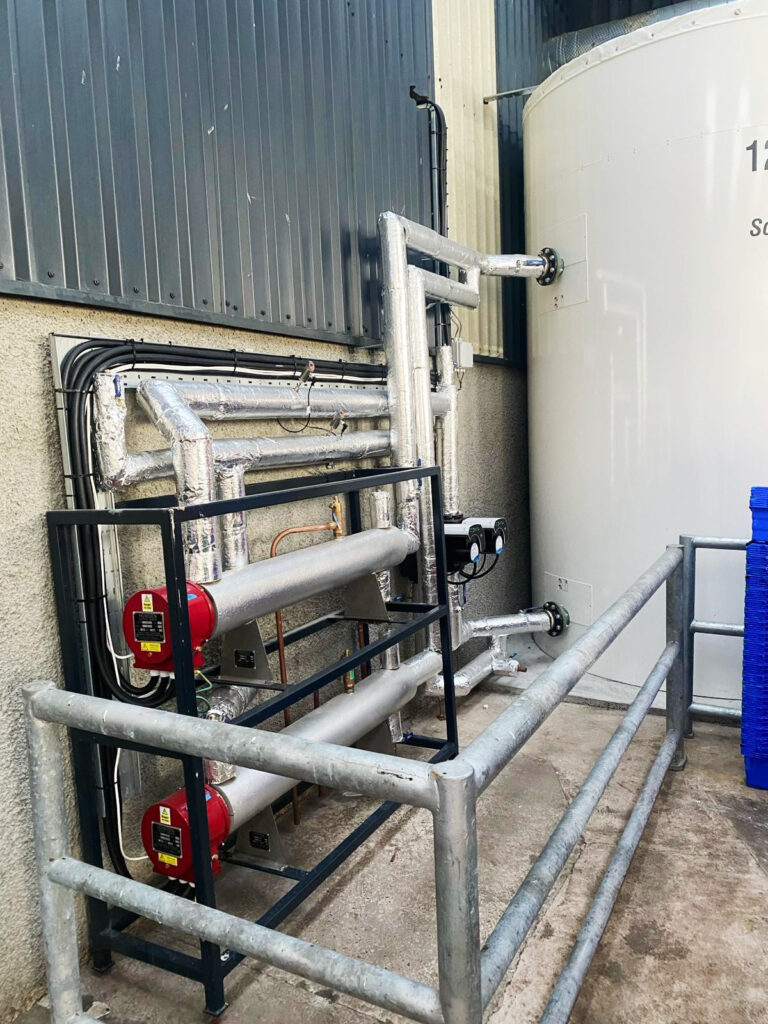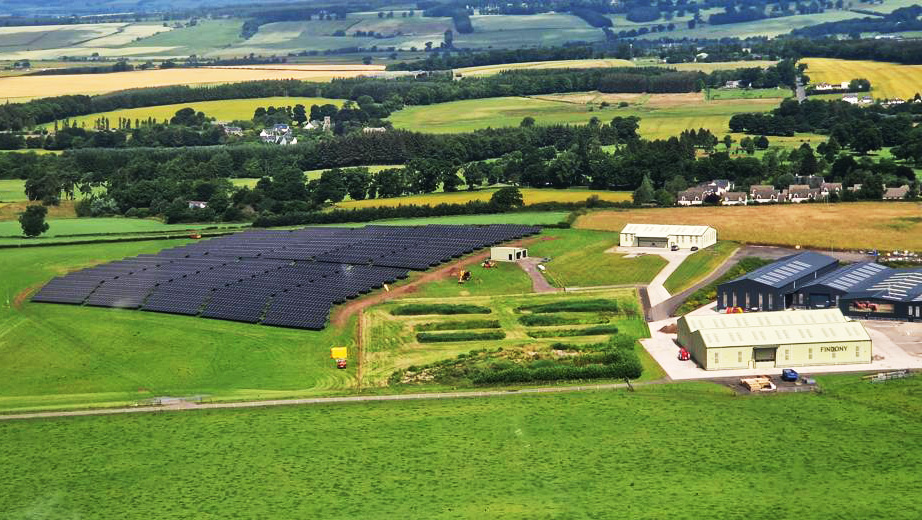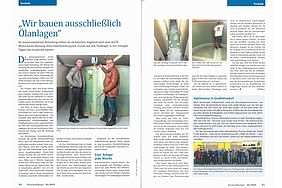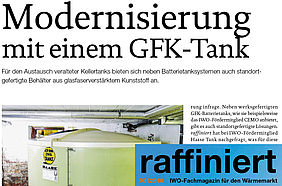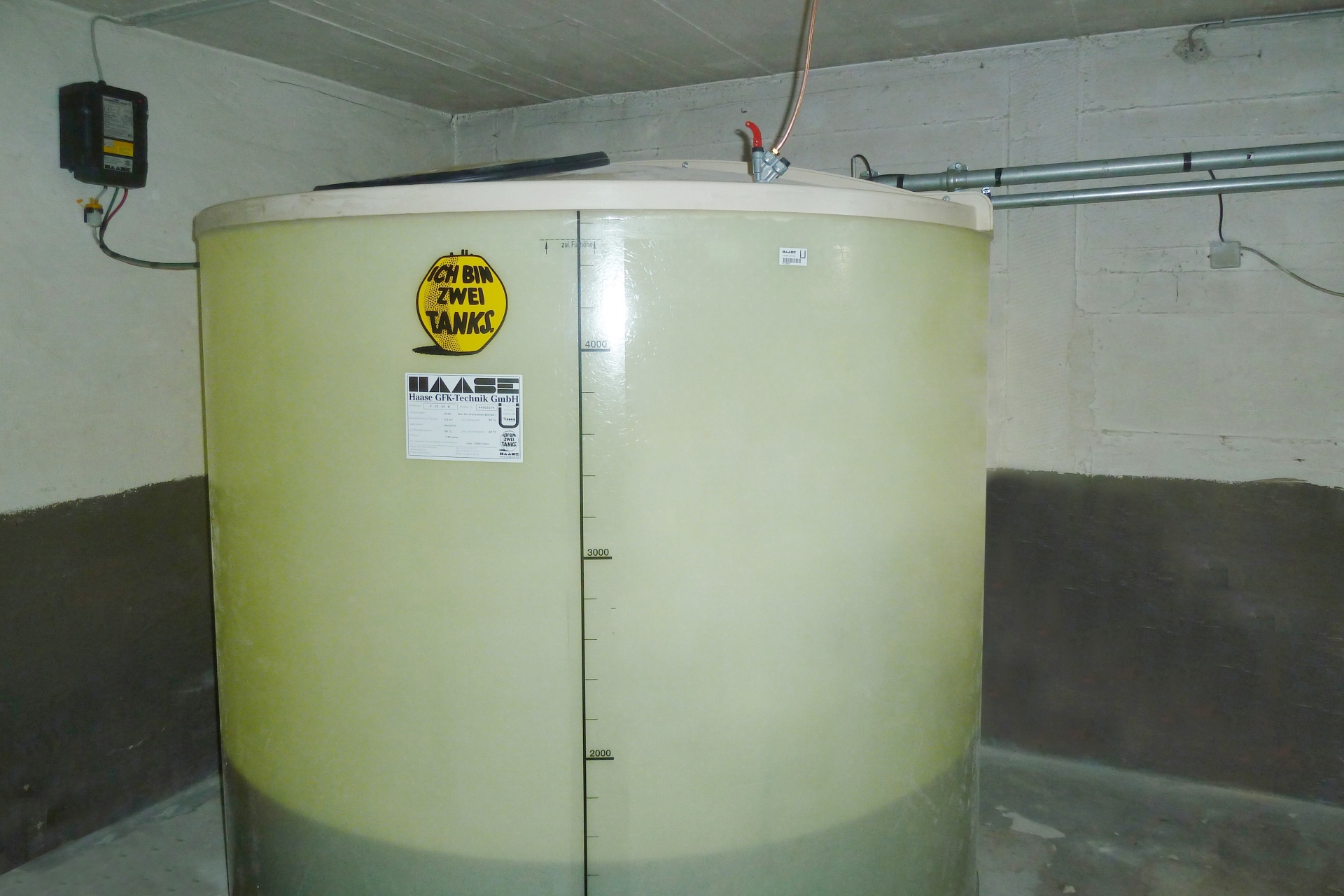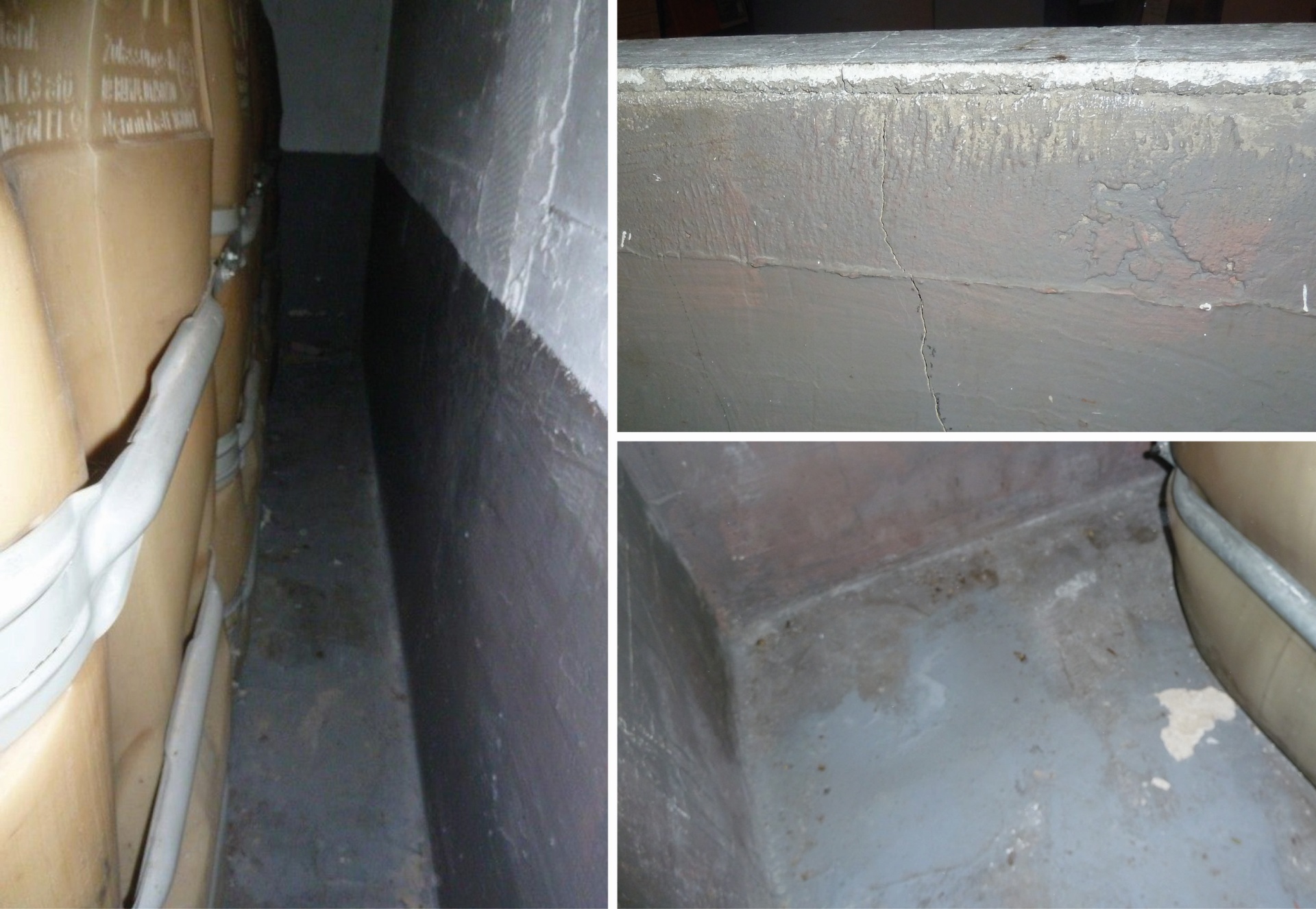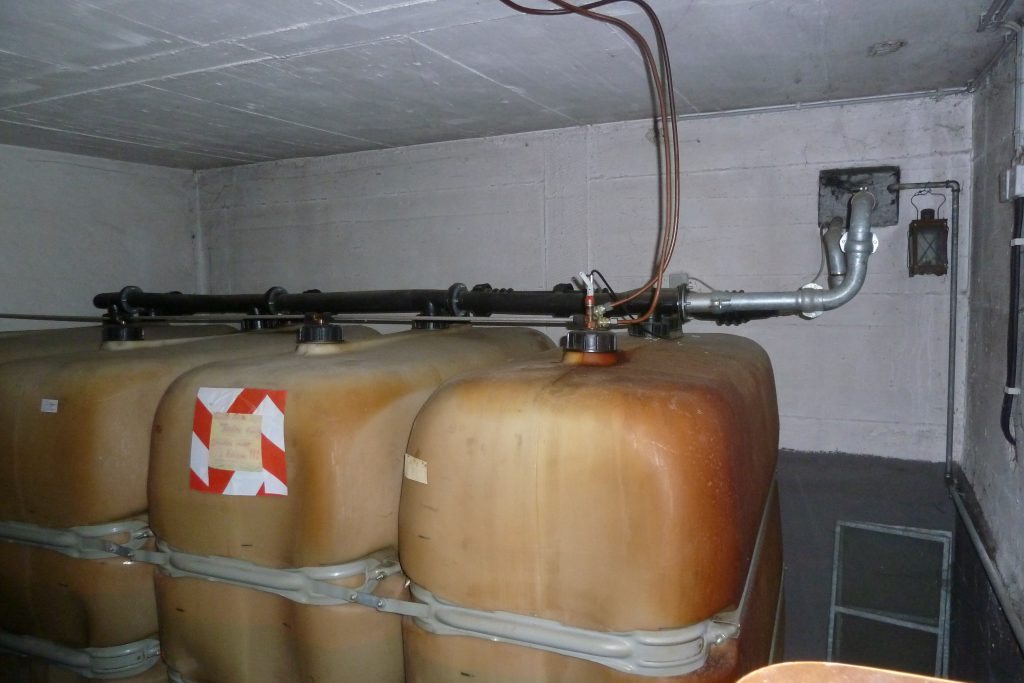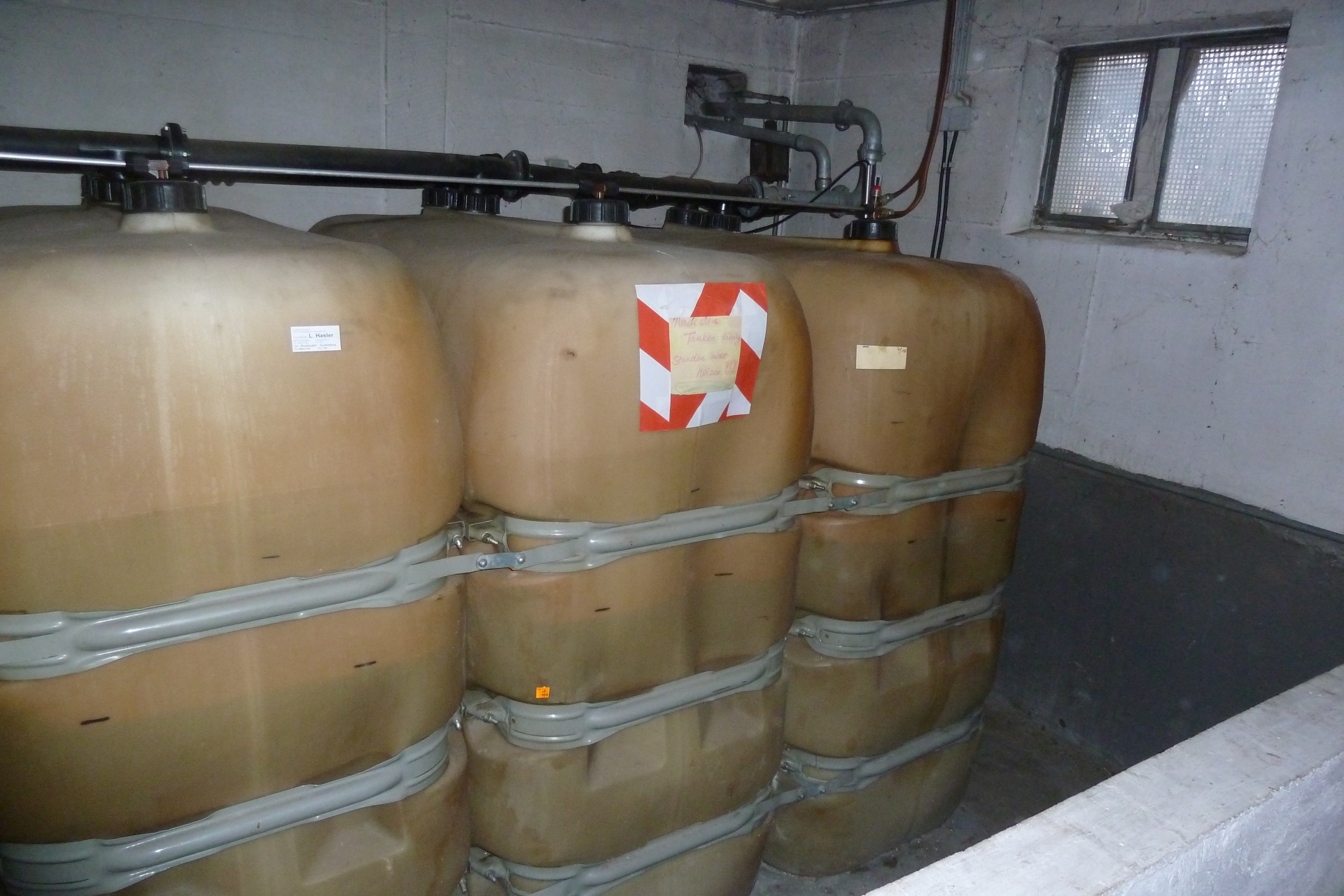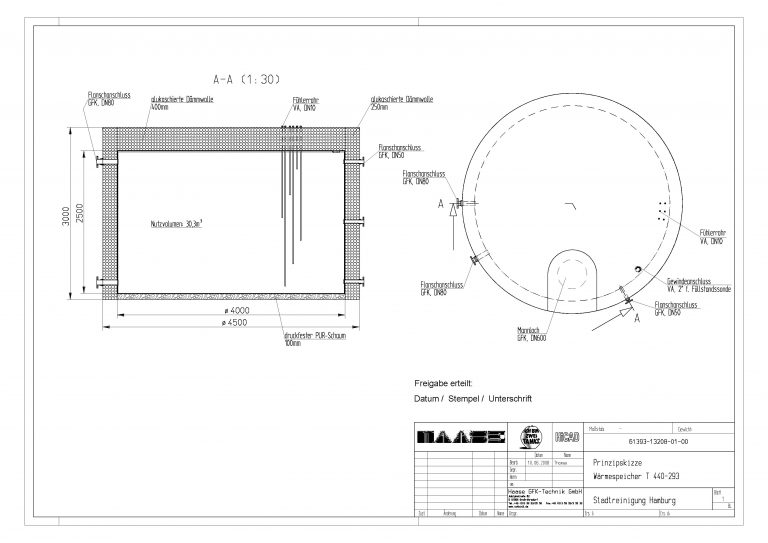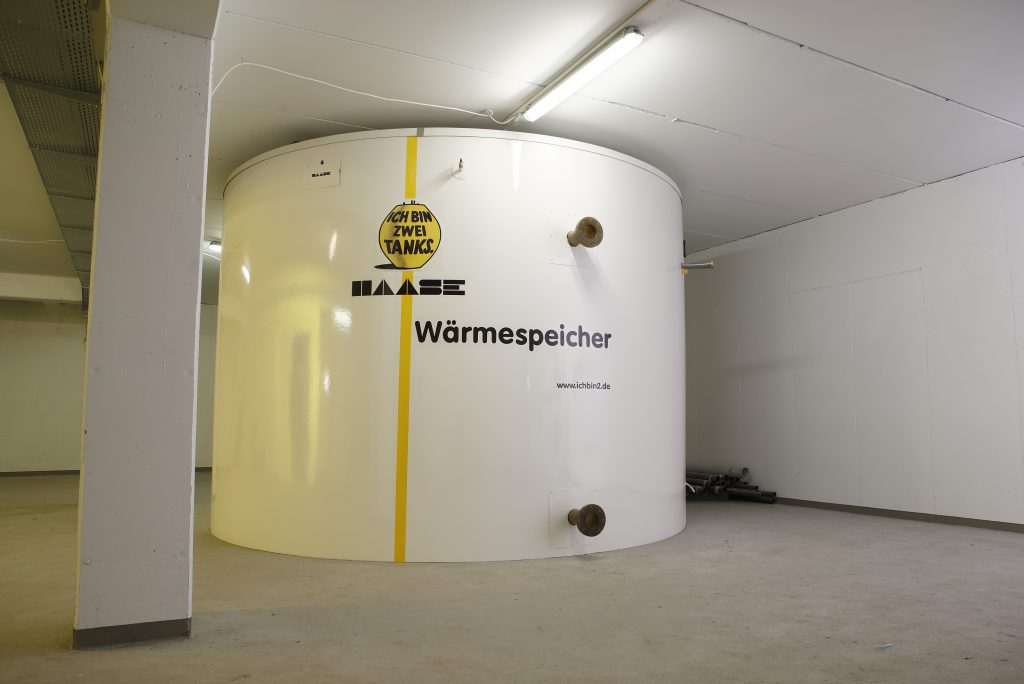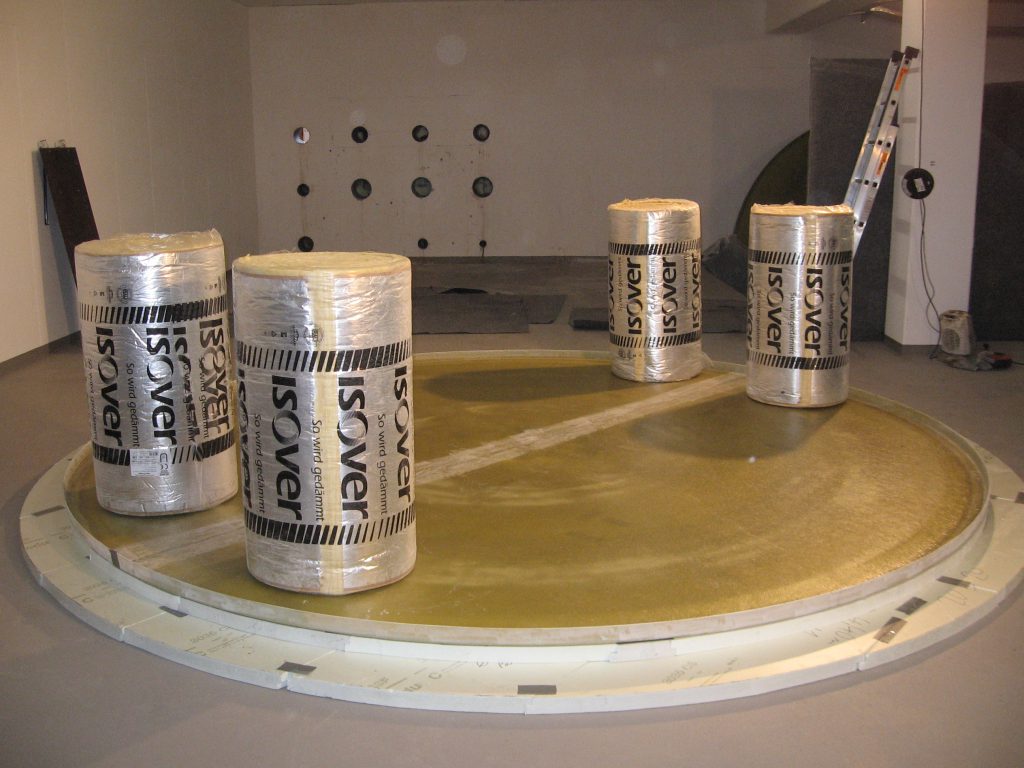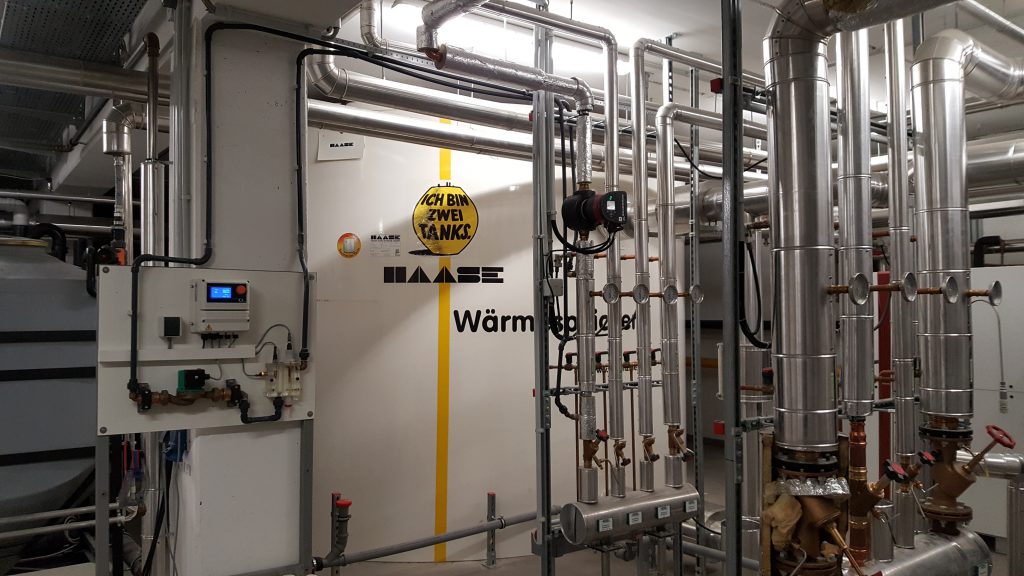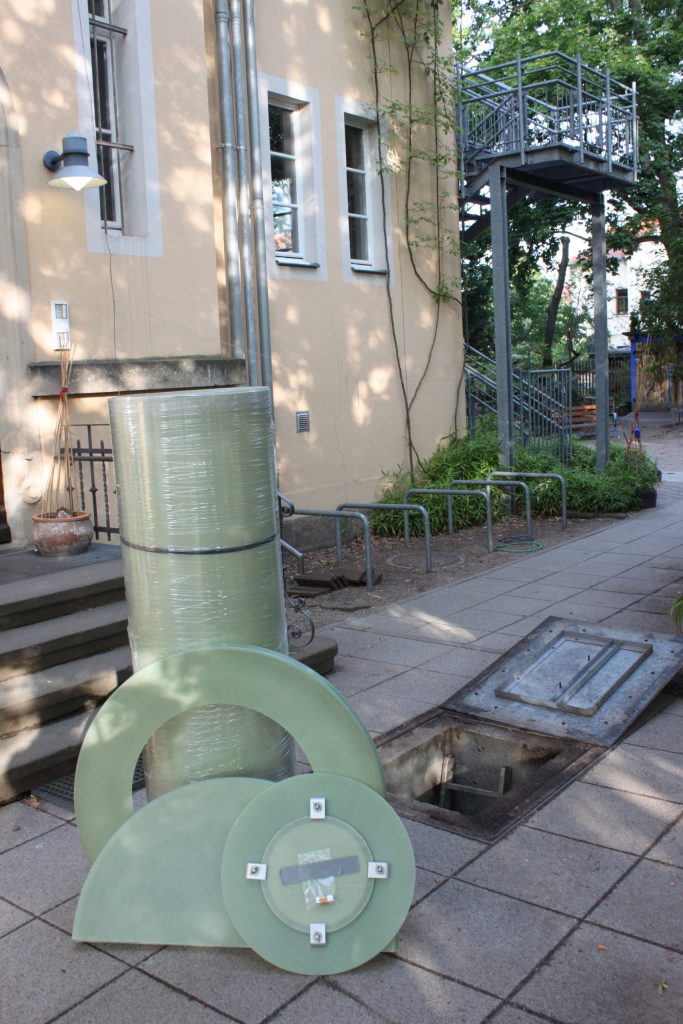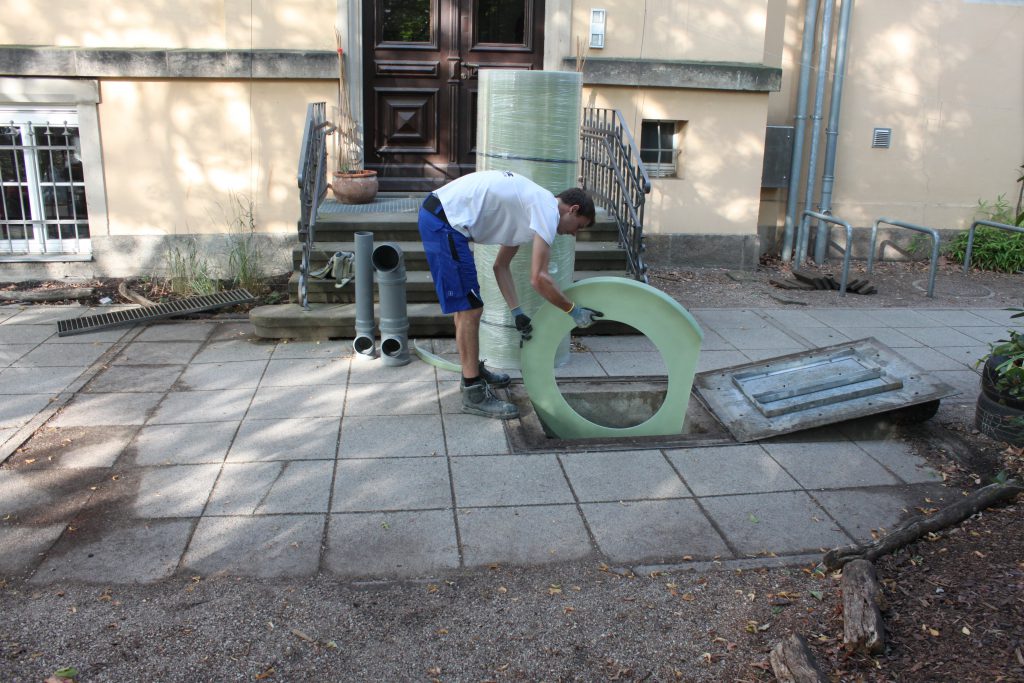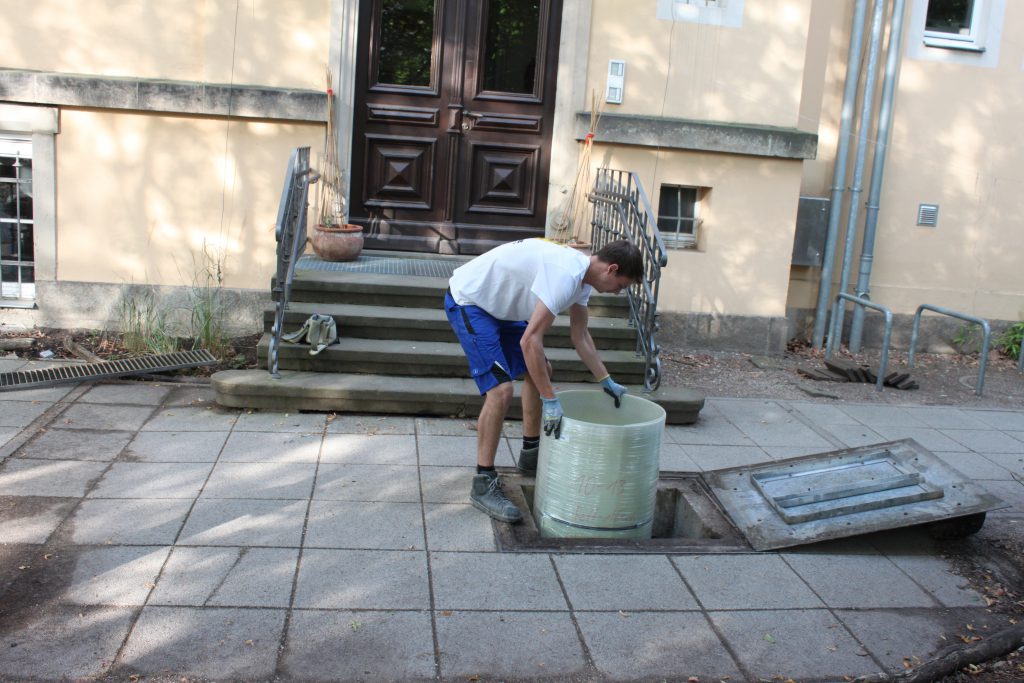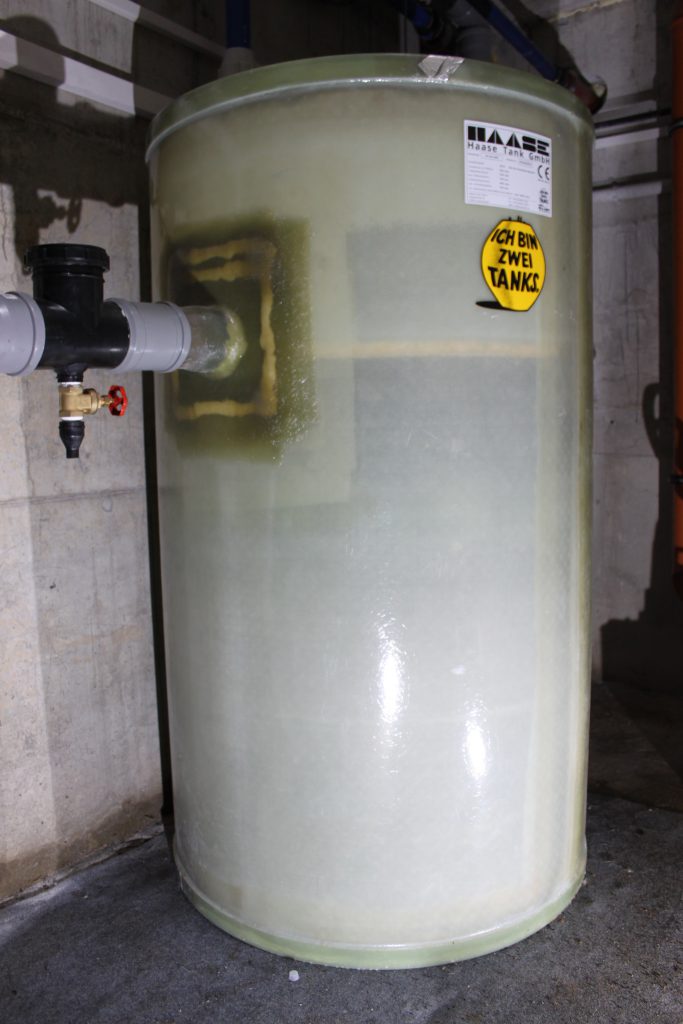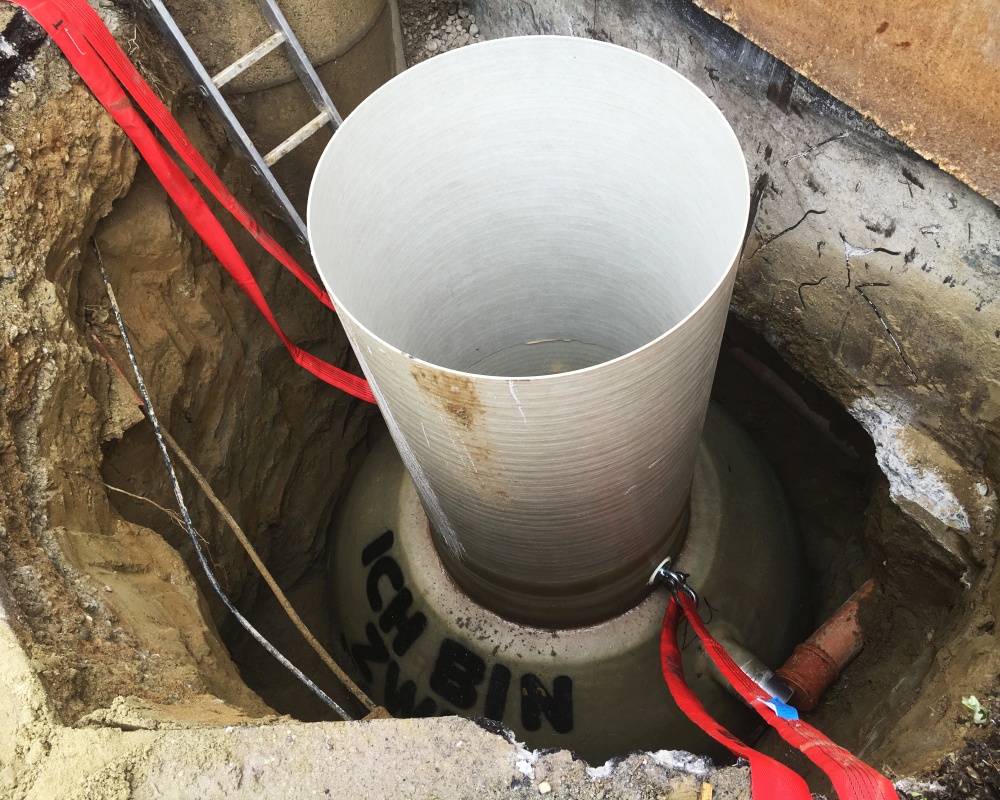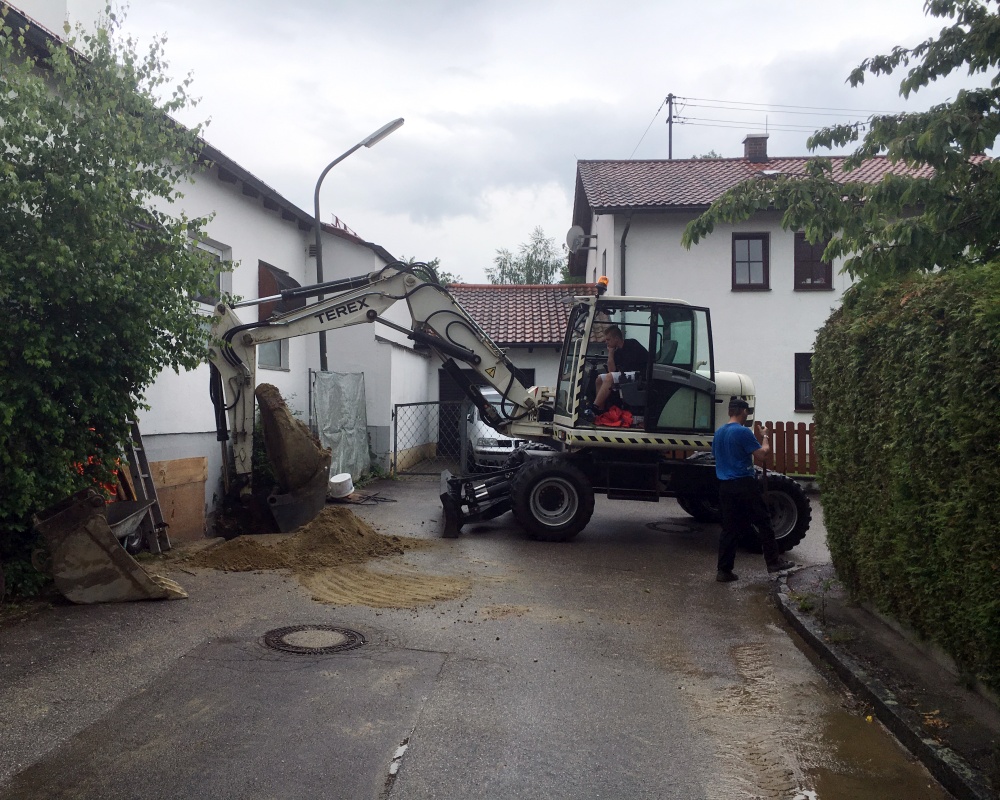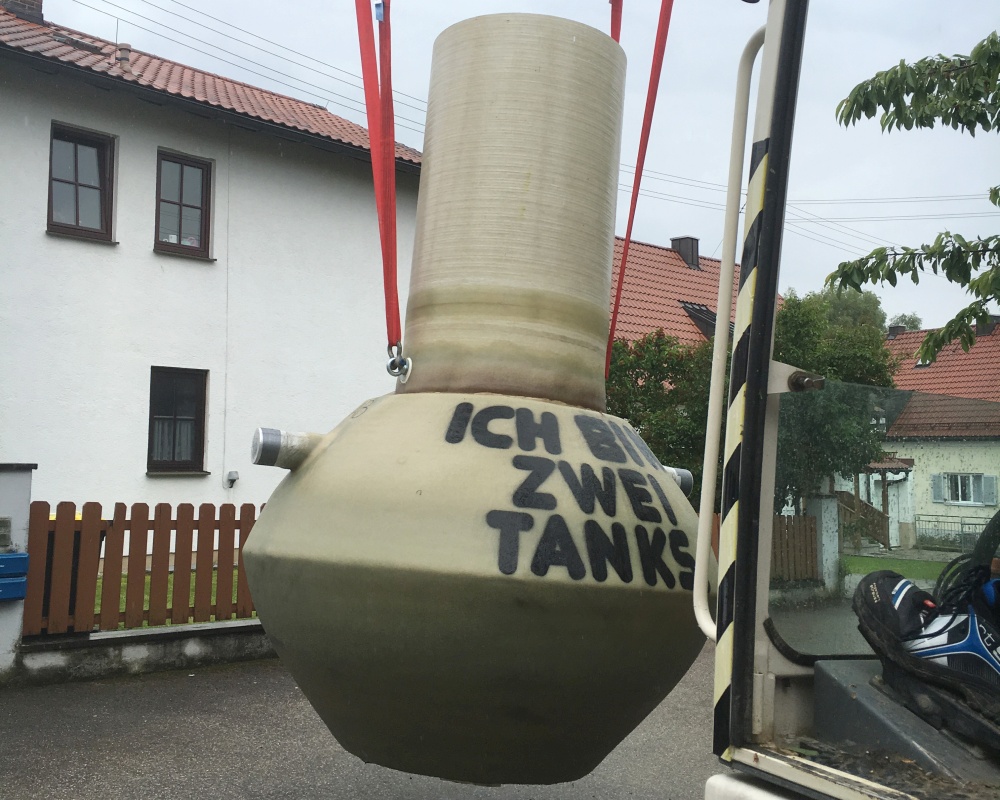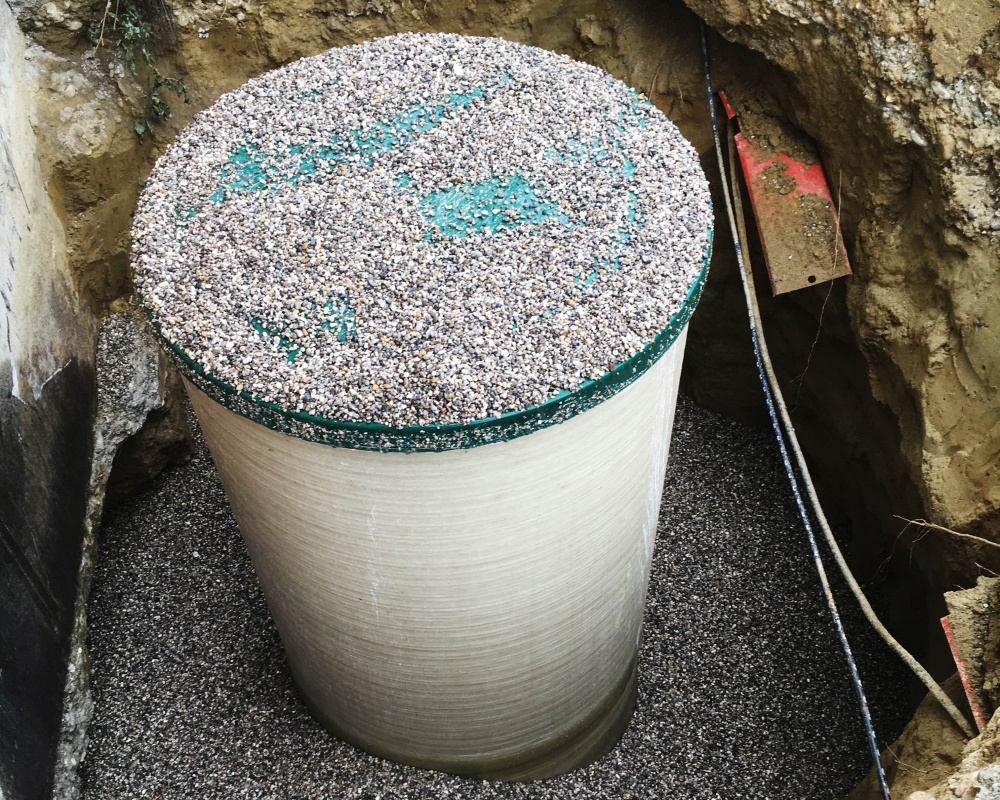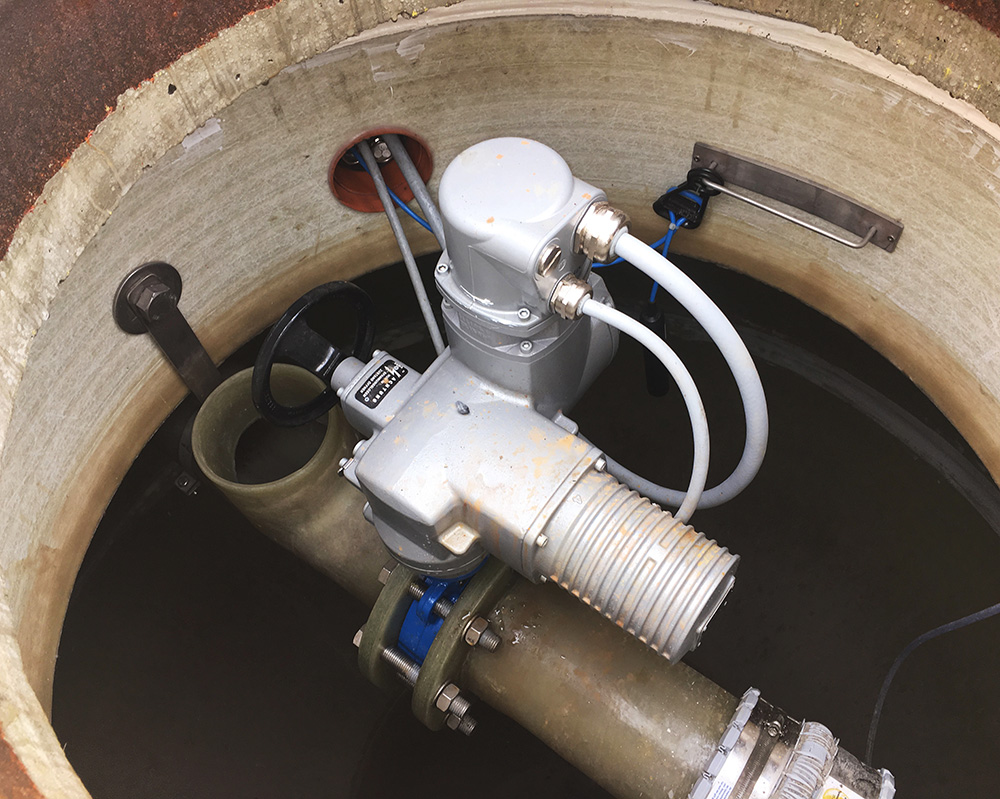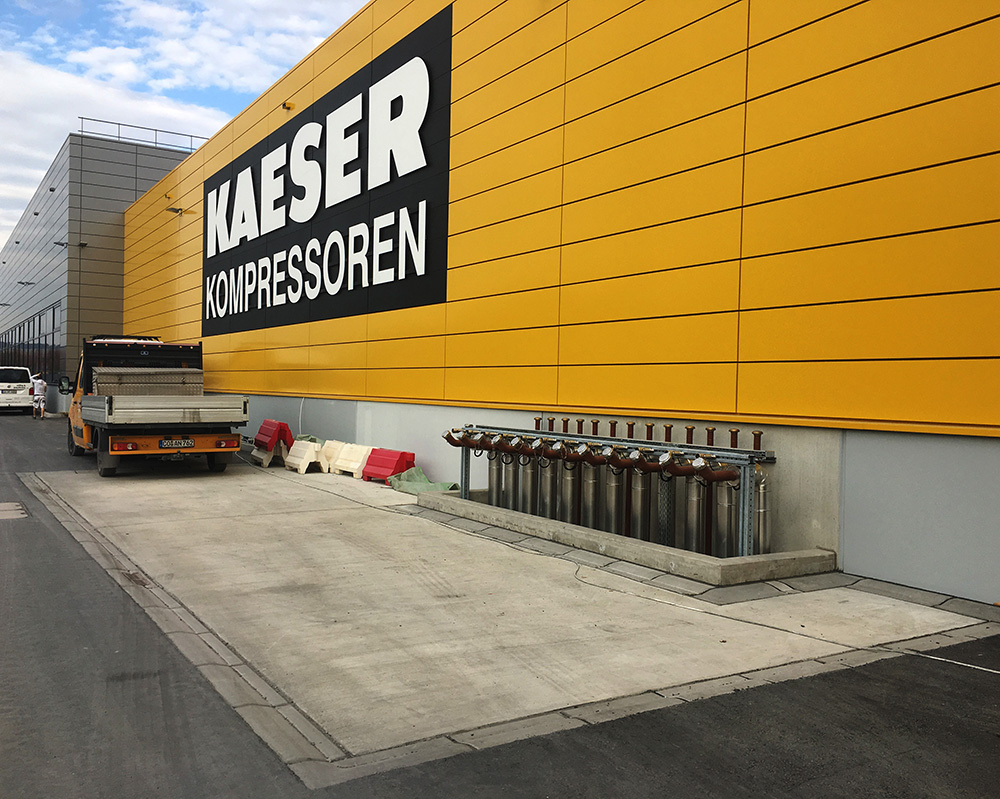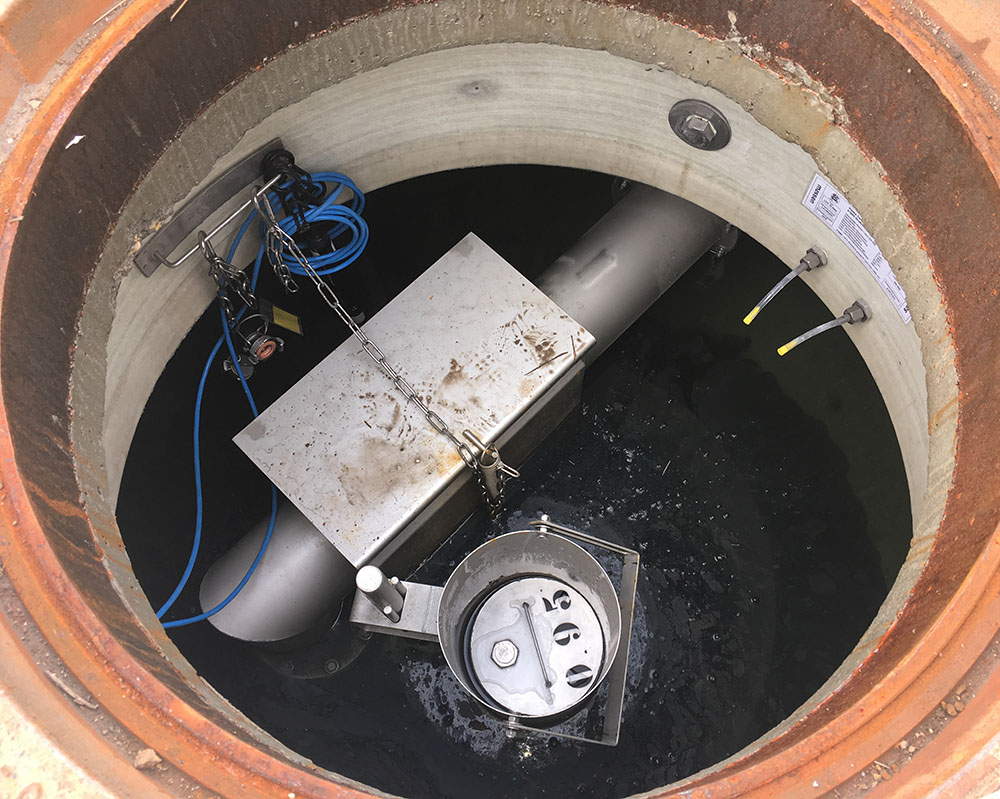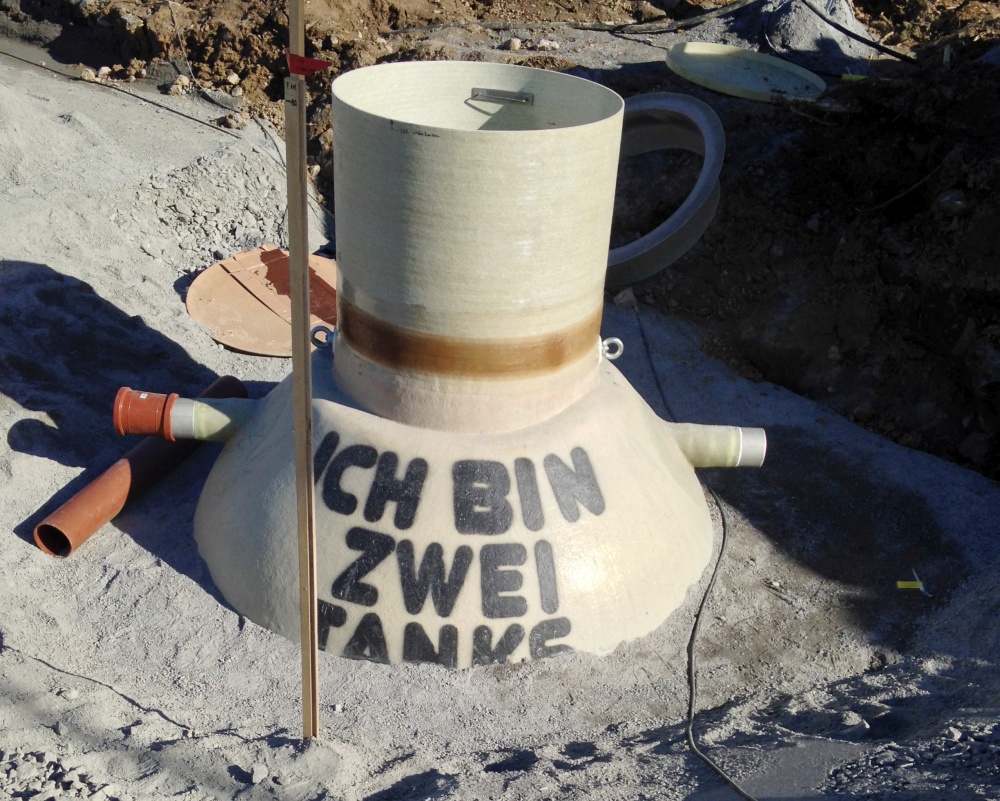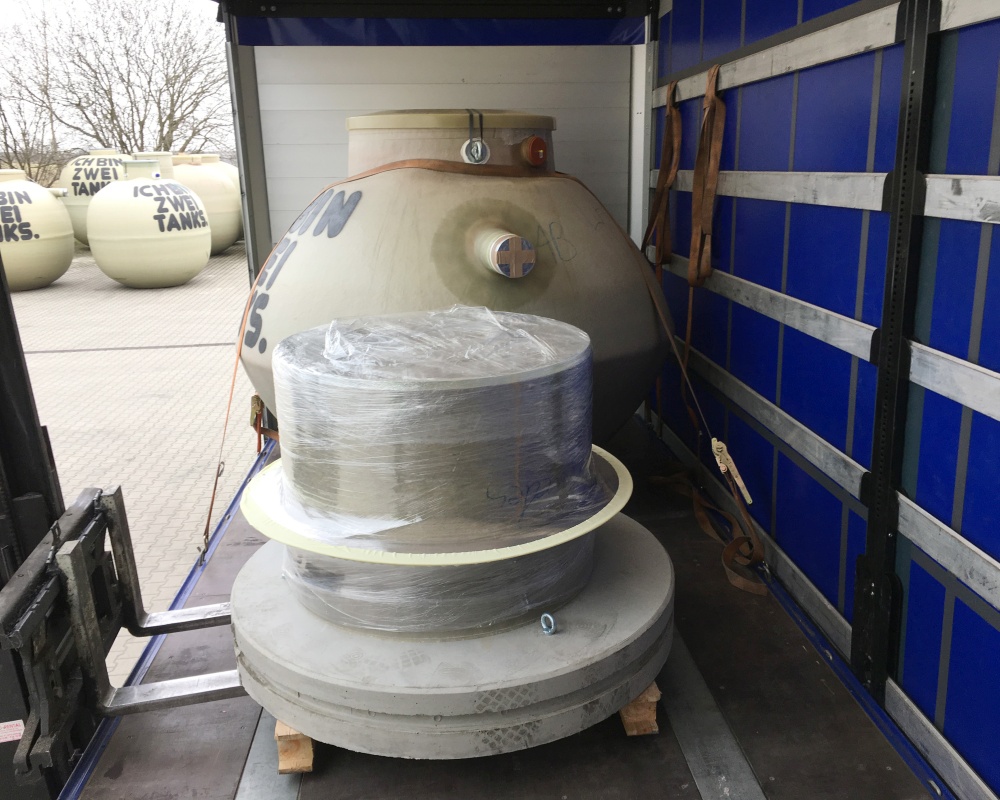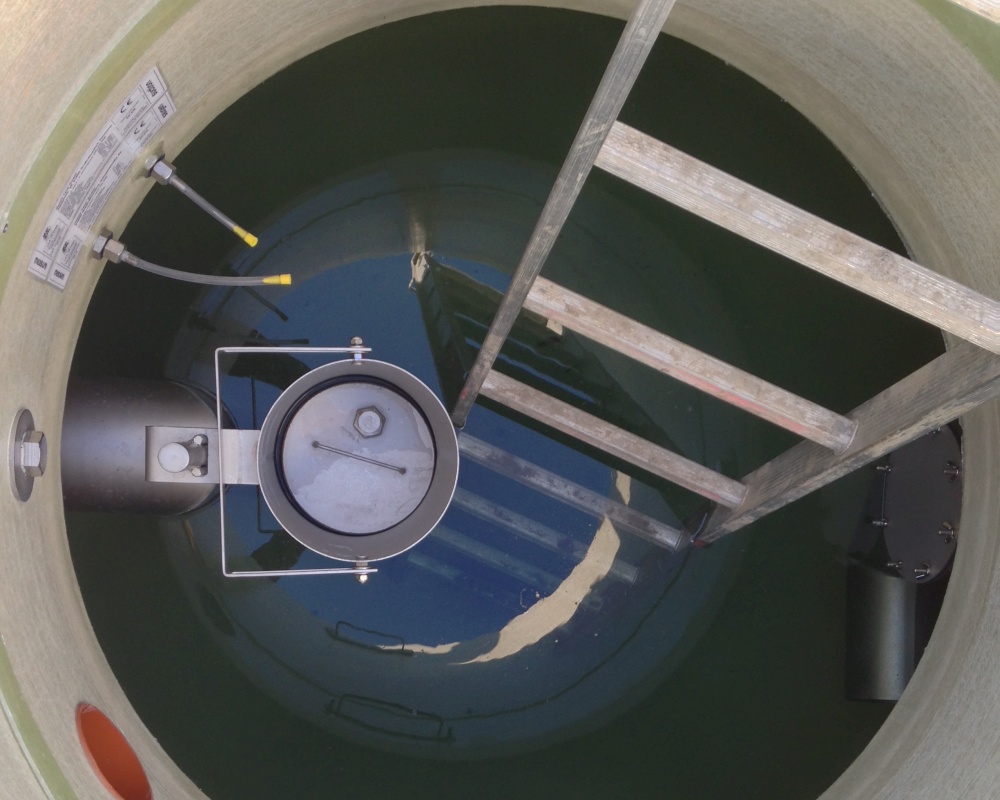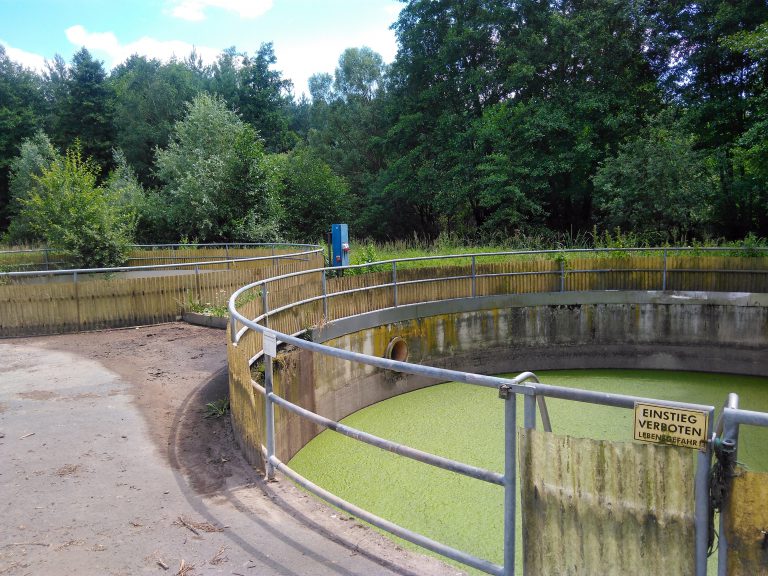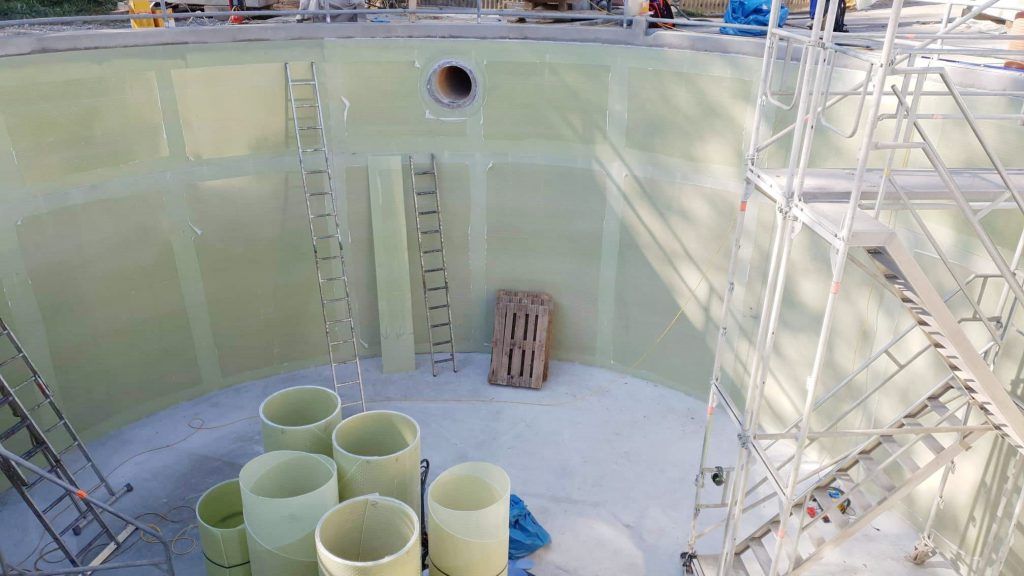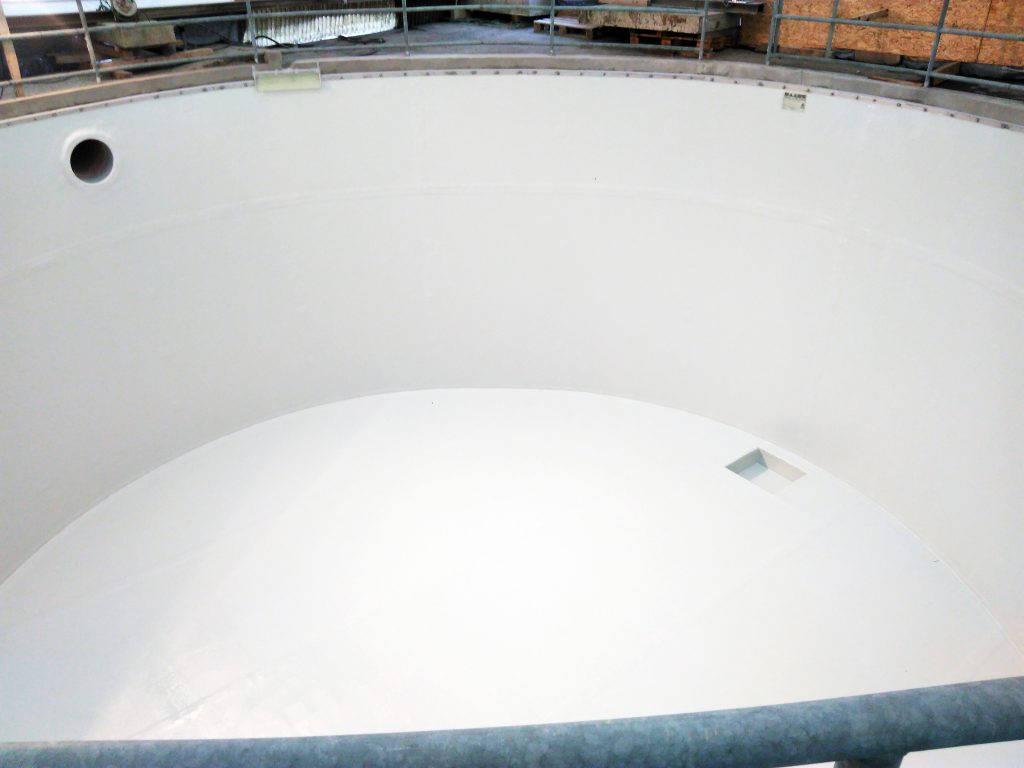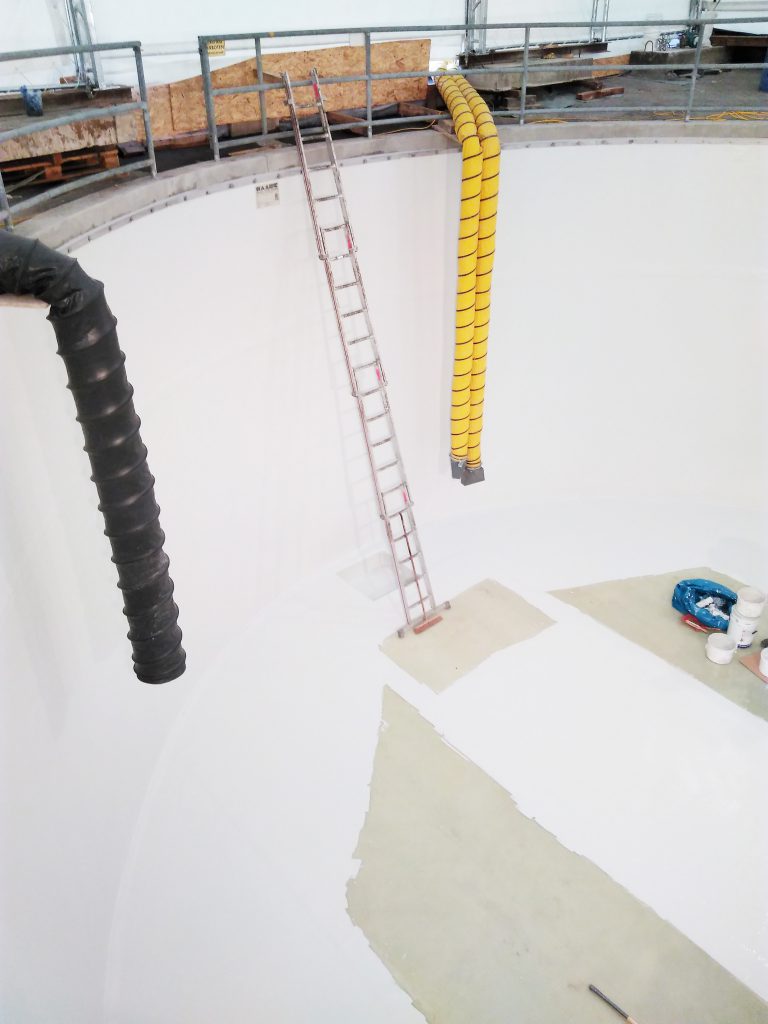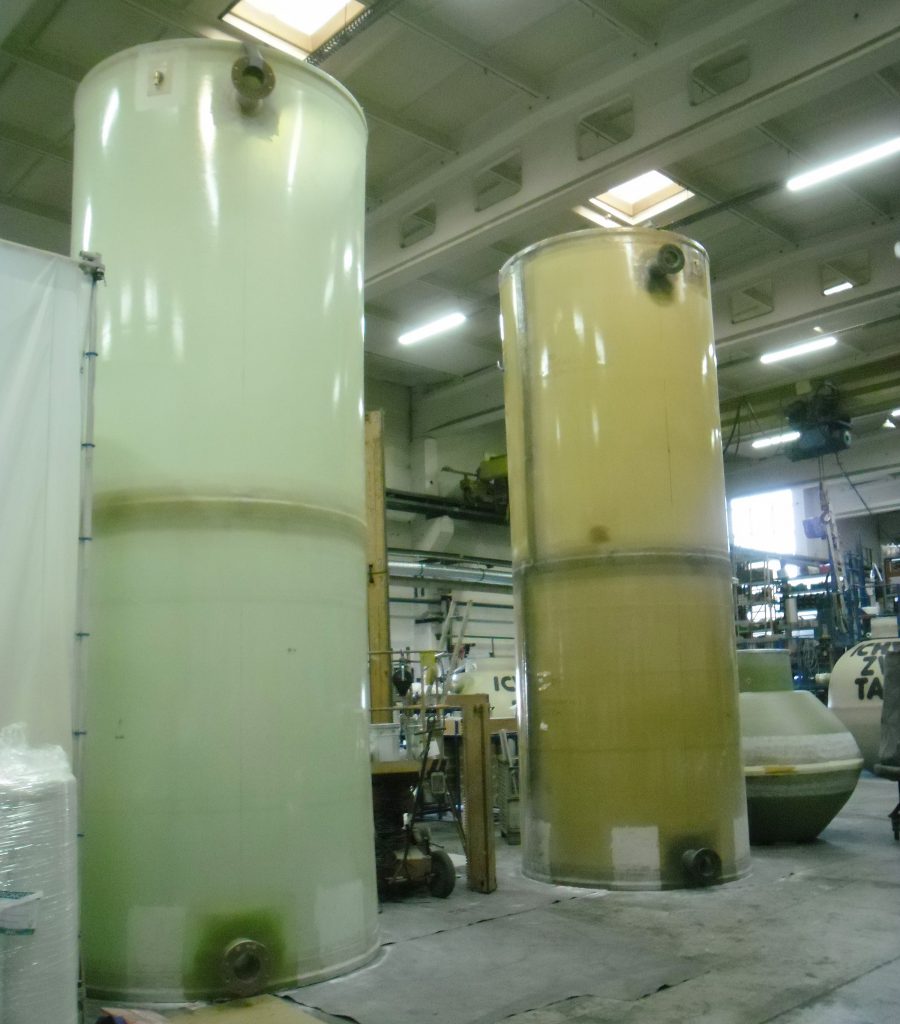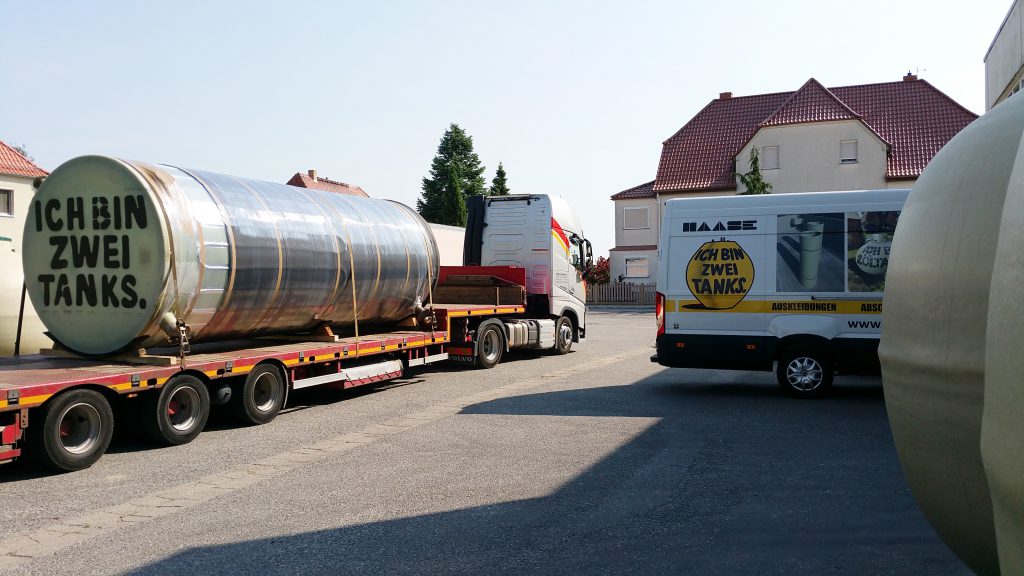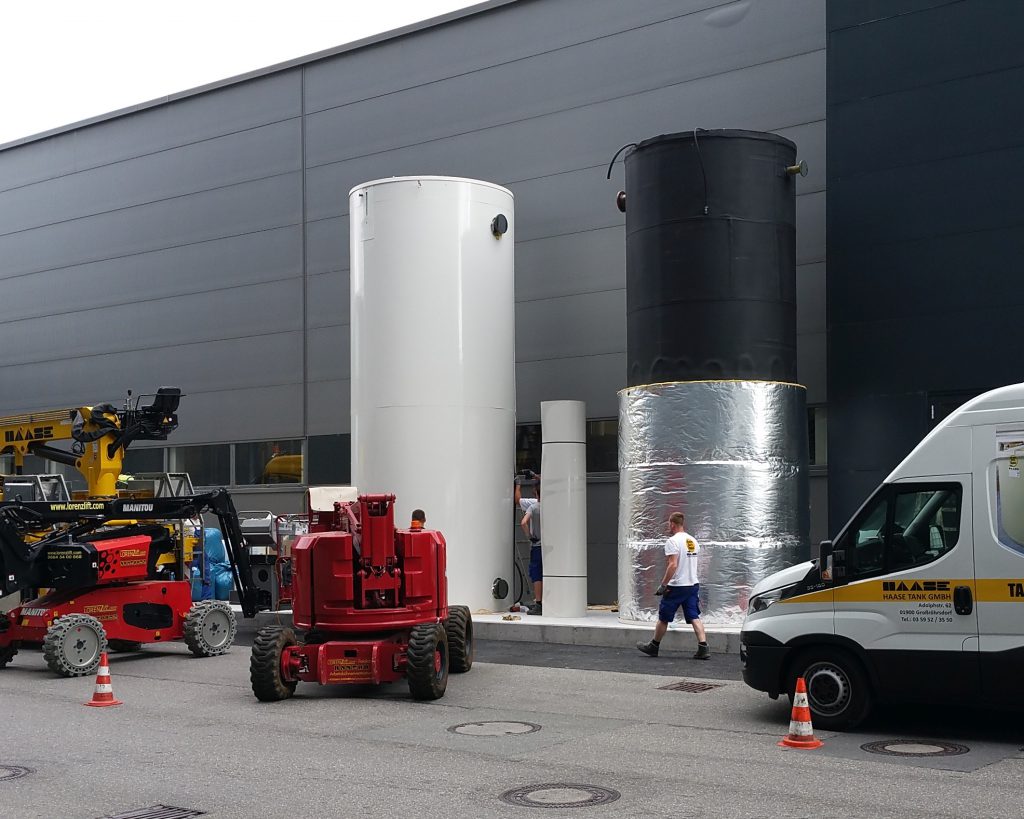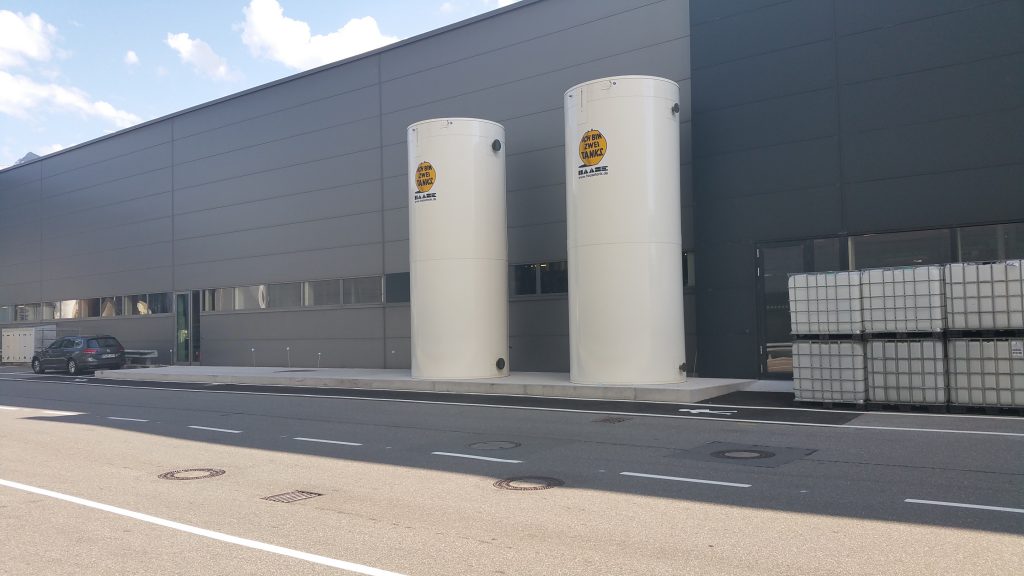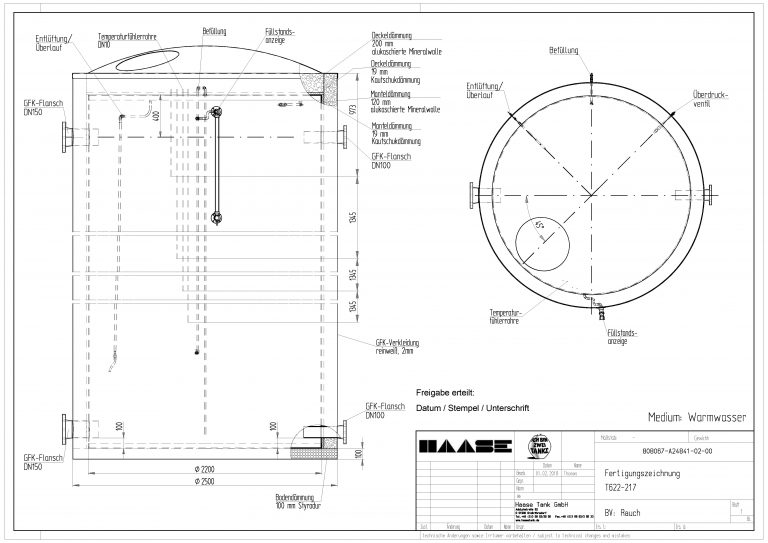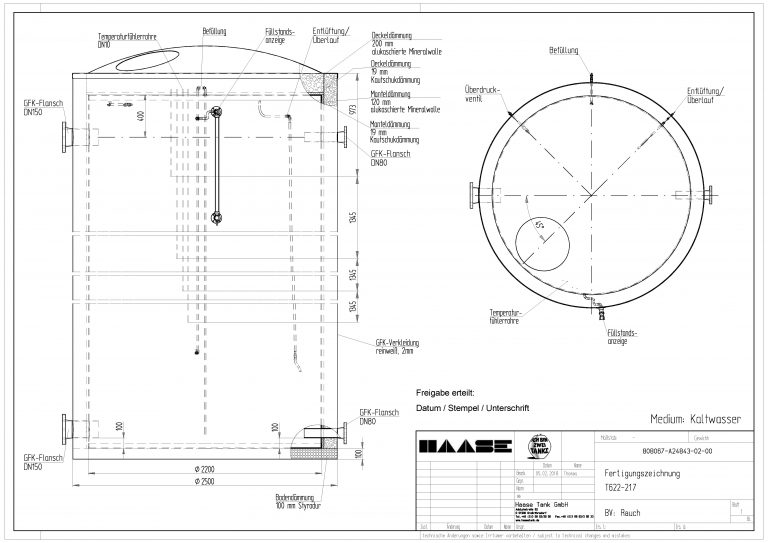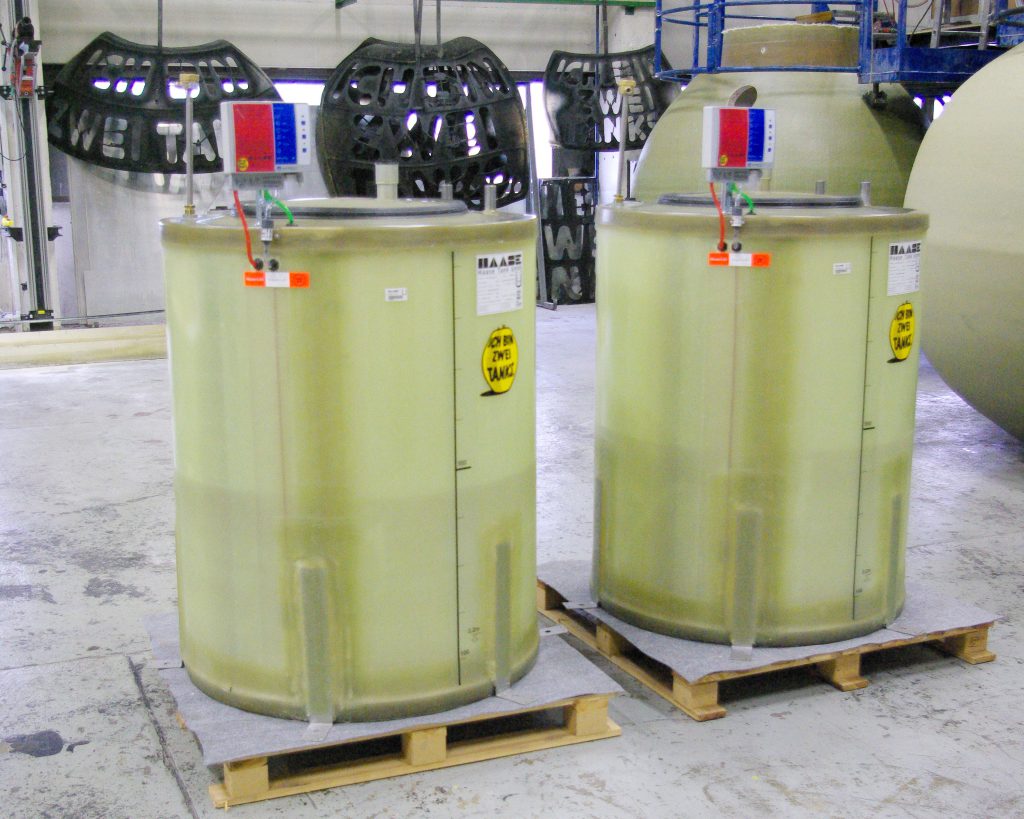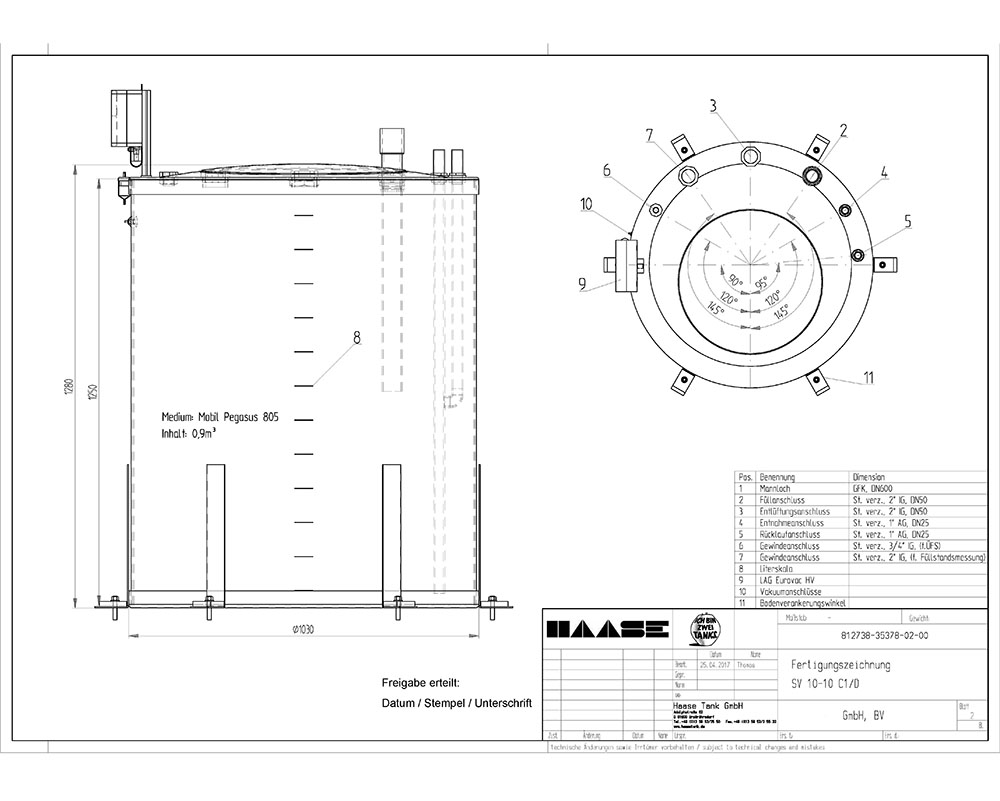Simon Howie Foods started in 1986 and is now one oft he leading manufactureres of quality meat produts which are sold throughout thousand of shops in Scotland, England, Ireland as well as exports to other countries.
One of the main cost component in the produciton of these products is energy. Some 3.000 kWh a day are just needed for the production of hot water. Many other devices (cooling) depend on electricity. Simon Howie made the decision to invest in a PV system to reduce the dependance on the local supply of electricity due to substancial increases in electricity. The system consists of some 3,500 panels and the associated infrastructure. Our involvement was the challenge to store thermal energy and supply hygenic hot water for the operation.
Since further expansions are expected it was decided to place two tanks (12,000 litres, 14,200 litres), each fitted out with 3 x 9 m2 INOX heat exchangers for the preparation of hot water.
Our tanks are able to use multiple heat sources, even heat recovery. For the initial primary heat supply an external heating sytem, based on electric elements, was selected.
This system can supply 180 kW/h to each tank and has a smart monitoring system to guarantee high efficiency. We are also examining the possibility to recover sustancial thermal heat from their 24/7 running refrigeration systems.
The project has exceeded the owner’s expectations, is running smoothly and is now even to be extended. The design is based 100 % on a draft by our long-standing consultant Hermann Bauer. We are very proud to be part of this project and thank Simon to give us this opportunity!

